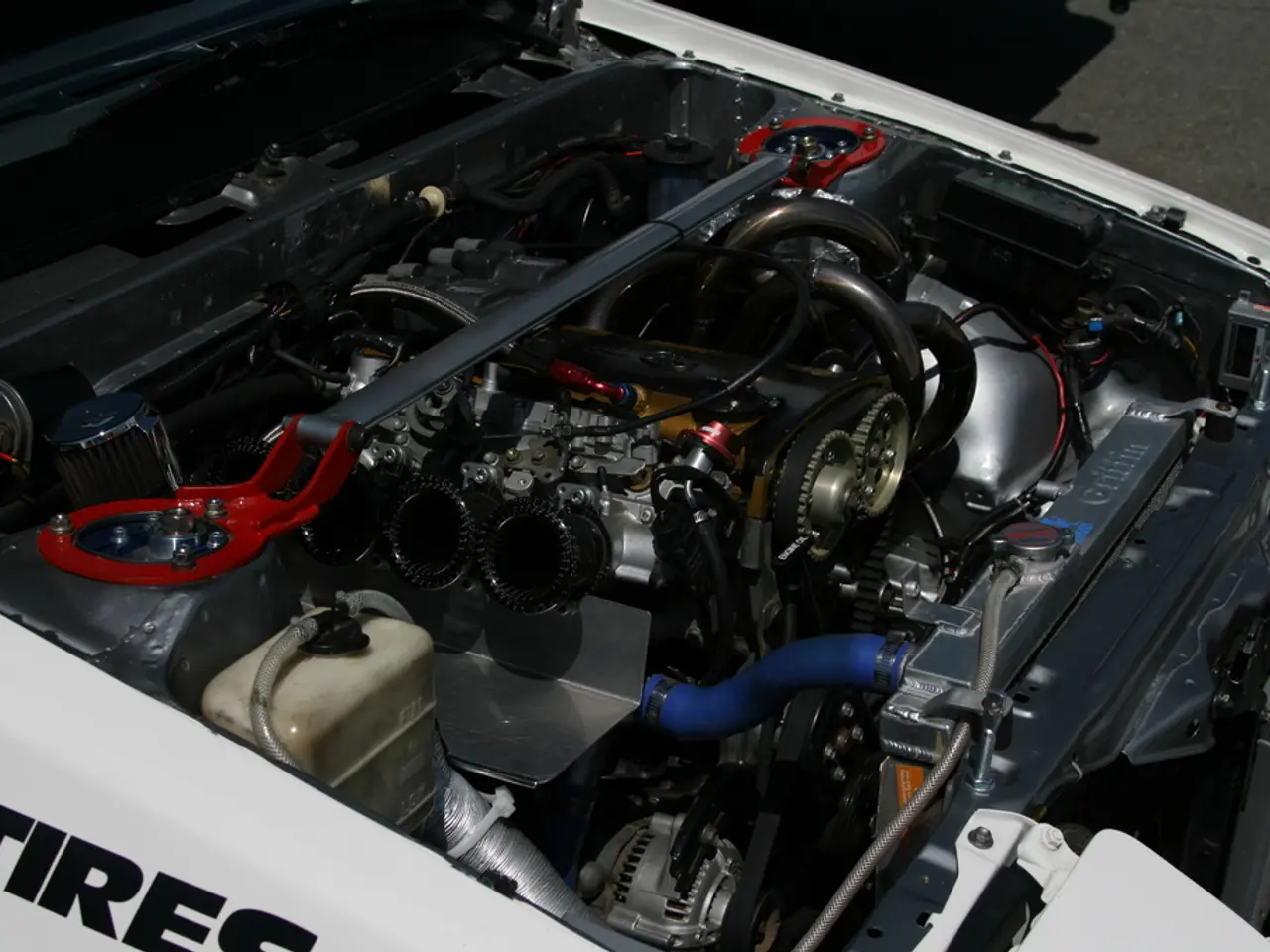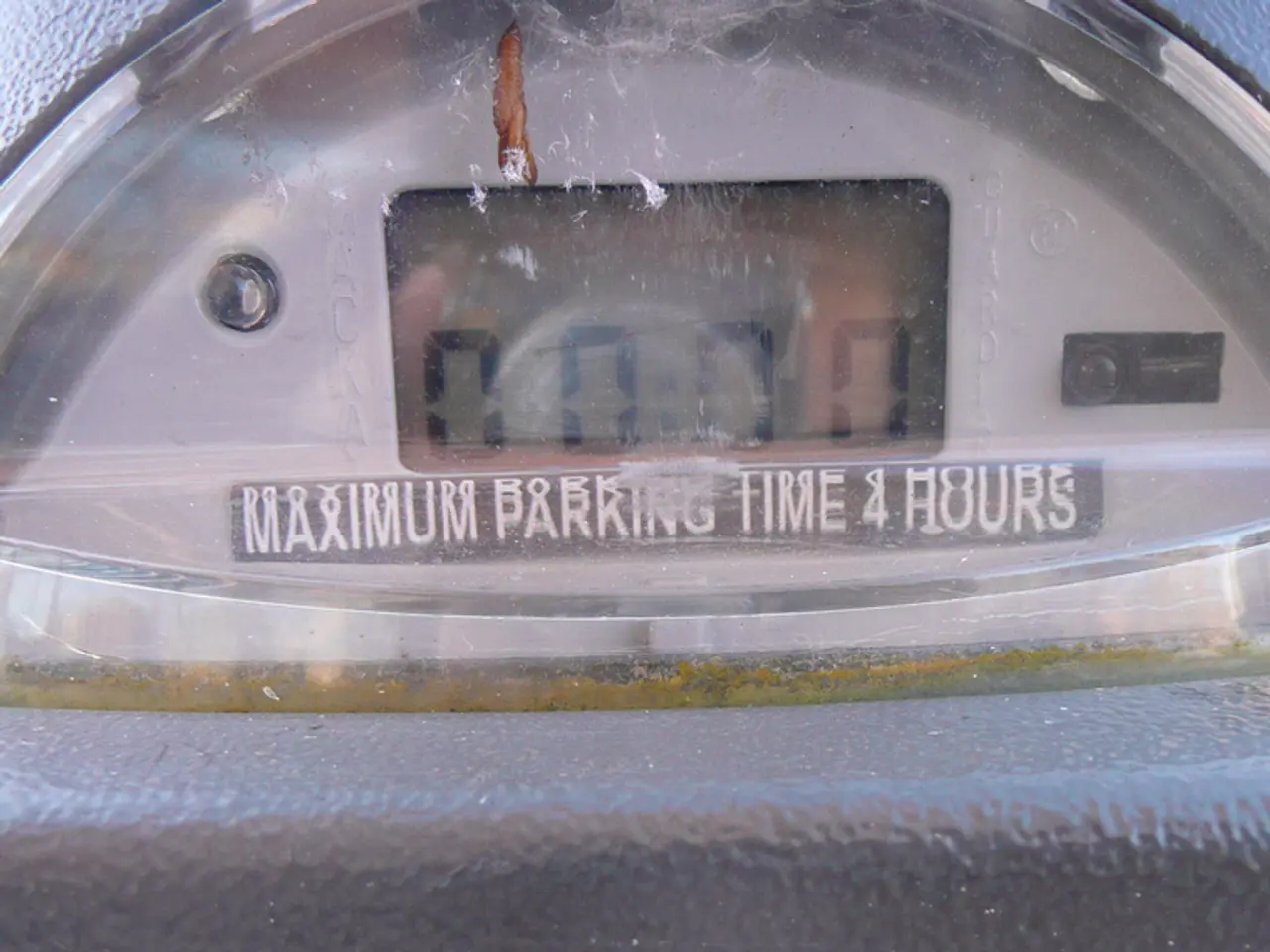Issues with Electric Car Charging: These Errors Impact Cost Efficiency
Extending the Life of Your Electric Car's Battery
Electric vehicles (EVs) are becoming increasingly popular, but one concern for many potential buyers is the lifespan of the battery. Here's a guide on how to keep your EV's battery alive longer.
Firstly, it's essential to understand that batteries degrade not just through use (cycle aging) but also through time (calendar aging). This degradation is influenced by factors such as temperature extremes, charge levels, driving patterns, and fast charging frequency.
To counteract this, here are some practical guidelines:
- Moderate Charge Levels: Keeping the battery charge between about 20% and 80% is recommended for common lithium-ion chemistries like nickel-manganese-cobalt (NMC) batteries. Fully charging to 100% or running down below 20% regularly stresses the battery and accelerates aging. However, for lithium iron phosphate (LFP) batteries, charging to 100% regularly is generally recommended.
- Minimize Fast Charging: Frequent use of DC fast charging generates high thermal and electrical loads that speed battery degradation. It's better to rely mostly on slow charging at home or public AC stations, reserving fast charging for occasional use.
- Avoid Temperature Extremes: High heat can cause battery overheating and thermal stress, while extreme cold reduces capacity temporarily and can increase charge loss. Park in shaded or indoor areas where possible, and avoid leaving the vehicle exposed to direct sunlight or freezing cold for long periods. Connecting the car to a charger during long-term parking helps activate battery temperature management systems.
- Cool Down Before Charging: Charging a hot battery shortly after a trip can accelerate wear. Waiting 30 to 60 minutes to let the battery cool down before charging reduces stress on the cells.
- Dynamic Driving Patterns: Recent research from Stanford University indicates that occasional strong acceleration or "sprints" can extend battery life. Batteries subjected to dynamic usage profiles degrade slower compared to constant current usage and may last about 38% longer, translating to over 300,000 km additional lifespan.
- General Maintenance Tips: Avoid leaving the battery completely drained for long periods, as lithium-ion batteries prefer partial charging cycles. Maintaining good overall battery management preserves health.
By following these guidelines, you can potentially extend your EV battery's lifespan well beyond 300,000 km or over a decade in typical use.
In addition to these practices, advancements in battery technology are being made. Solid-state batteries, sodium-ion technology, and dry battery electrode (DBE) are currently in the spotlight. These developments aim to make batteries more sustainable, powerful, and affordable, while also improving repairability and recyclability.
Regular software updates can also help manufacturers improve battery management. However, bidirectional charging, which allows electric vehicles to give power back, has a downside: Each charge and discharge cycle counts and accelerates battery degradation.
Manufacturers must dispose of batteries according to EU regulations, with stated goals of 50% lithium recovery by 2027 and 95% recycling rate by weight by 2031.
In conclusion, taking good care of your electric vehicle's battery will benefit you in multiple ways - with a long lifespan, better resale value, and lower environmental impact.
In the realm of electric vehicles, understanding the factors that influence battery life is crucial for prospective buyers. Lifestyle choices, such as moderating charge levels and minimizing fast charging, can significantly impact the longevity of battery life: keeping the battery charge between 20% and 80% is recommended for common lithium-ion chemistries, while frequent use of DC fast charging generates high temperatures and electrical loads that speed battery degradation.
Moreover, it's essential to consider environmental factors such as temperature extremes and driving patterns, as well as general maintenance tips like avoiding leaving the battery drained for long periods andaring for occasional strong acceleration or "sprints" to extend battery life. As technology continues to evolve with advancements like solid-state batteries, sodium-ion technology, and dry battery electrode (DBE), improvements in battery life and efficiency are within reach.




